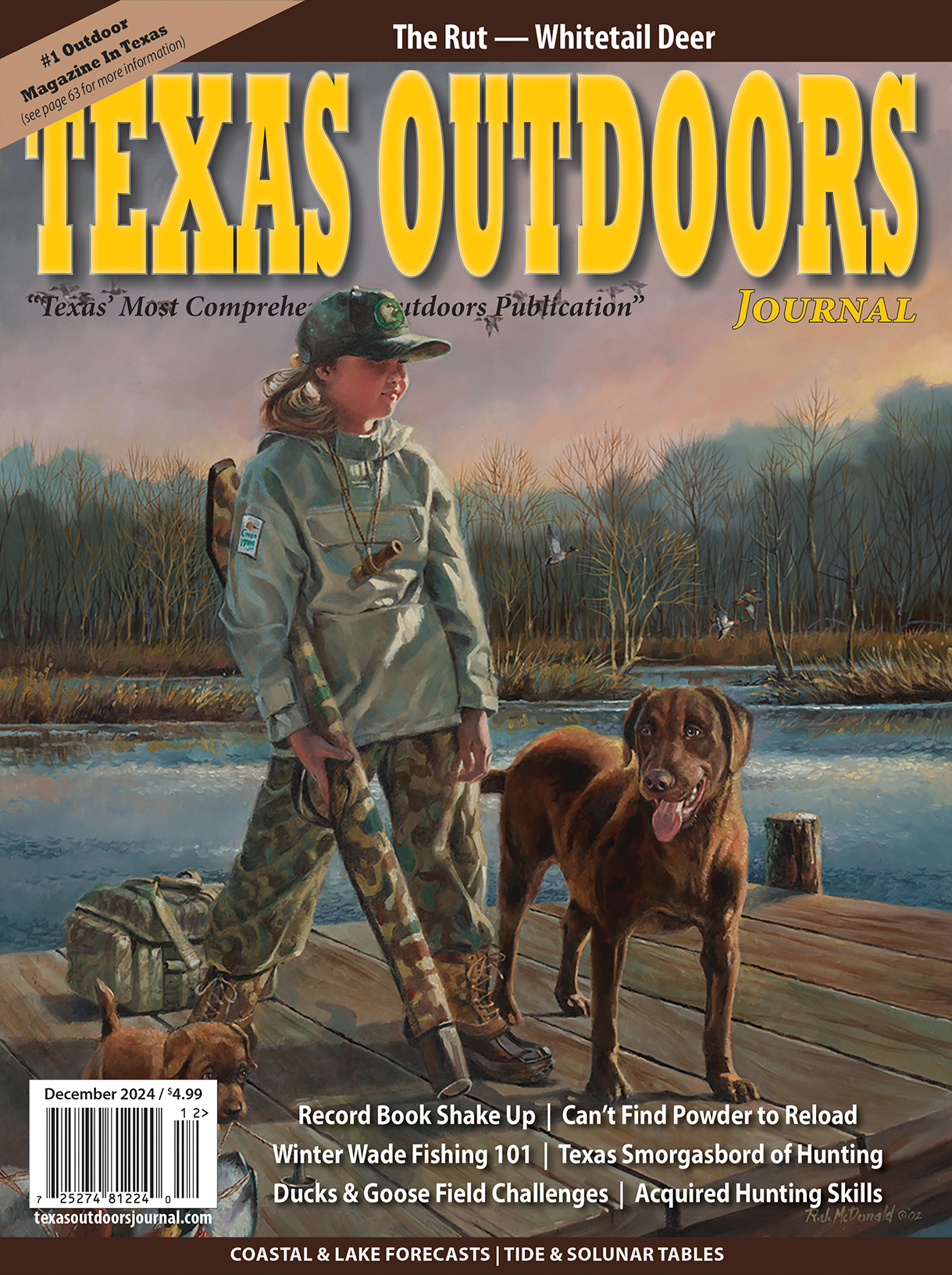
Texas Parks and Wildlife Commission Adopts New Mountain Lion Regulations
AUSTIN — The Texas Parks and Wildlife Commission approved regulations banning canned hunts and implementing trapping standards for mountain lions during its May meeting. These changes are the first in more than 50 years regarding management of mountain lions in Texas and move the state toward more modern hunting and trapping standards.
“The passage of these regulations is an important step toward better management of mountain lions in the state,” said Richard Heilbrun, Wildlife Diversity Program Director. “The regulations support ethical hunting and trapping practices while continuing to provide flexibility for landowners to manage mountain lions.”
The Commission unanimously voted to approve the measure, which included the banning of canned hunts, meaning the capture and later release of a mountain lion for the purpose of hunting or pursuing with hounds.
After concerns were raised that some mountain lions are left to perish in traps, which many consider to be inhumane and potentially damaging to the reputation of trapping, a 36-hour trapping standard was also adopted. This regulation ensures that live lions are not kept in traps or snares for more than 36 hours.
The initial proposed regulation during the March Commission meeting included an exemption to the 36-hour trapping standard for snares fitted with a breakaway device. The proposed regulation was modified in response to public feedback received during the comment period to remove the breakaway device exemption and replace with a blanket exemption for snares set vertically with a maximum loop size of 10 inches or less.
Consequently, if a mountain lion is inadvertently captured in a snare set vertically with a loop that cannot exceed 10 inches in diameter, the 36-hour requirement does not apply.
Mountain lions are relatively uncommon, secretive animals. In Texas, mountain lions are primarily found in the Trans-Pecos, the brushlands of South Texas and the western Hill Country.
For more information please visit the mountain lion or fur-bearing animal regulations pages on the TPWD website.








